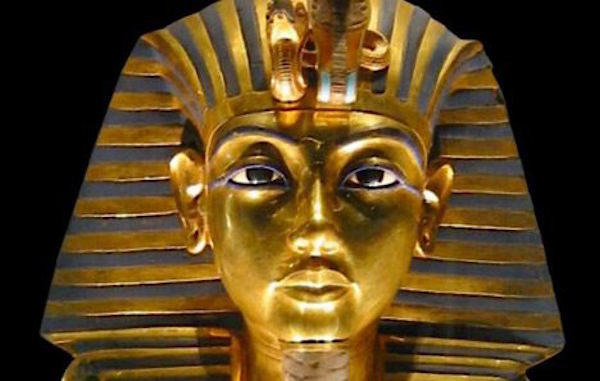OF THE
TIMES
A nation that continues year after year to spend more money on military defense than on programs of social uplift is approaching spiritual doom.
The greed and hubris of our western leaders is going to kill our economies, which have been in recession since 2008. When the shit finally hits...
There is a theory that the Voyager 1 & 2 were sent out into space to find and track Planet X. A very recent report says they may well have...
SBCTry transcendental meditation or Raja yoga (yoga of wisdom). Either will teach you how to understand the inner conciousness. The role of the...
Almost all the private wealth of the UK is held by the Grannies and Grandads ,representing the lifetime savings to keep them secure and to pass on...
Considering the level of rationality displayed on Western / EU side lately, I think they will do it anyway. Which only hastens their demise.
To submit an article for publication, see our Submission Guidelines
Reader comments do not necessarily reflect the views of the volunteers, editors, and directors of SOTT.net or the Quantum Future Group.
Some icons on this site were created by: Afterglow, Aha-Soft, AntialiasFactory, artdesigner.lv, Artura, DailyOverview, Everaldo, GraphicsFuel, IconFactory, Iconka, IconShock, Icons-Land, i-love-icons, KDE-look.org, Klukeart, mugenb16, Map Icons Collection, PetshopBoxStudio, VisualPharm, wbeiruti, WebIconset
Powered by PikaJS 🐁 and In·Site
Original content © 2002-2024 by Sott.net/Signs of the Times. See: FAIR USE NOTICE

I think that's more plausible than the conclusion described in this article, that an ancient Egyptian pharaoh and millions of Western European men were all descended from a man who lived near the Black Sea 9,500 years ago.